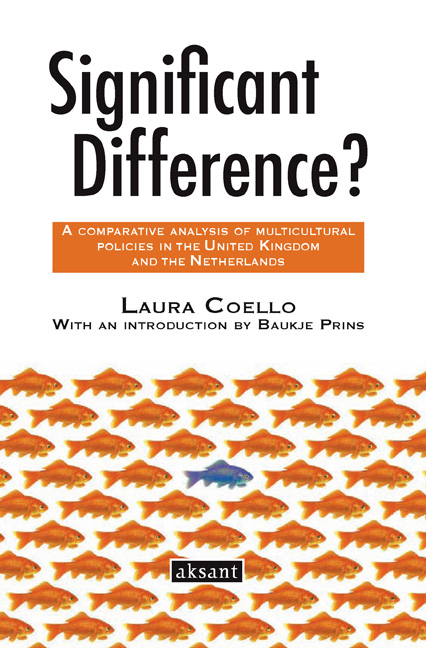Introduction
Published online by Cambridge University Press: 20 January 2021
Summary
In Europe, nation-building has historically targeted national minorities, encouraging and sometimes forcing citizens of a territory to integrate into common institutions. But after the Second World War and especially in the 1970s, immigrants have become the target of these policies. Kymlicka differentiates between countries with minorities that have historically been part of the territory where a new state is formed (national minorities) and calls these countries multi-national states. Countries with diverse populations caused by foreign immigration are called poly-ethnic states.
In reality, most multi-national states are also poly-ethnic states: the USA, Canada, Australia, Russia, Western European countries, along with countries which have recently experienced immigration. And while in the past there was a “link between the way European societies treat their immigrants and the way they treat their other minorities”, nowadays, the strategies chosen to deal with national minorities are generally different from those used for immigrants.
This is due, in part, to the influence of Canada, Australia and the USA, where in the 1970s “under pressure from immigrant groups [the governments of these countries] rejected the assimilation model and adopted pluralistic policies that allowed and sometimes supported immigrants to maintain various aspects of their ethnic heritage.” In 1971, Canada was the first country to officially adopt multiculturalism. Later on, some governments in Western Europe also adopted elements of this strategy, although most never officially. In most cases, multicultural ideology seeped into politics and became the normative view of politicians. In 1997 Nathan Glazer even suggested ‘we are all multiculturalists now’.
Adopting multiculturalism would seem a natural choice for the governments of the Netherlands and the UK, as both countries were founded as national unions, acknowledging different communities as an integral part of the union. Yet with time, nation-building took place in both places: under the centralising tendencies of Henry VIII in the UK and through the revolts against Spanish rule in the Netherlands. But the effects of nation-building were diminished with and after empire, which saw both countries acquire territory alongside their present borders as well as overseas and then lose it again.
- Type
- Chapter
- Information
- Significant Difference? , pp. 11 - 14Publisher: Amsterdam University PressPrint publication year: 2010

